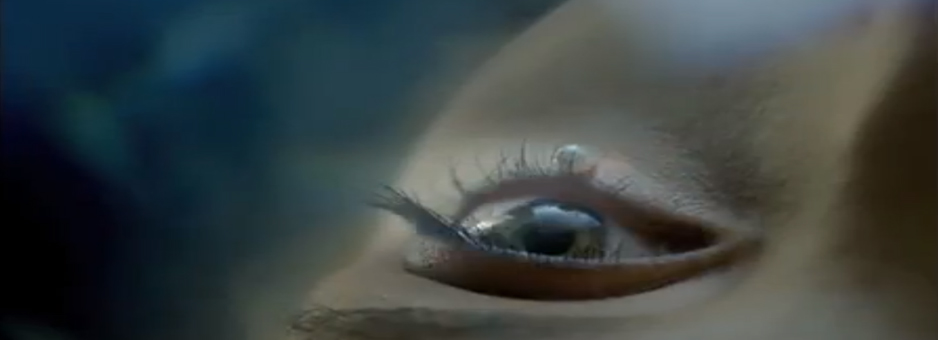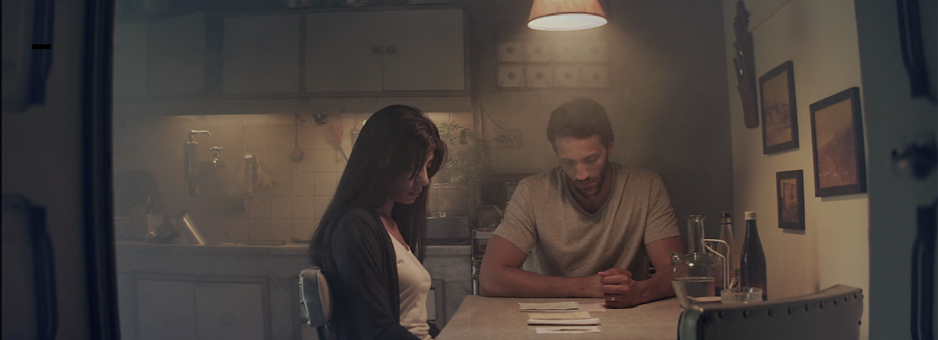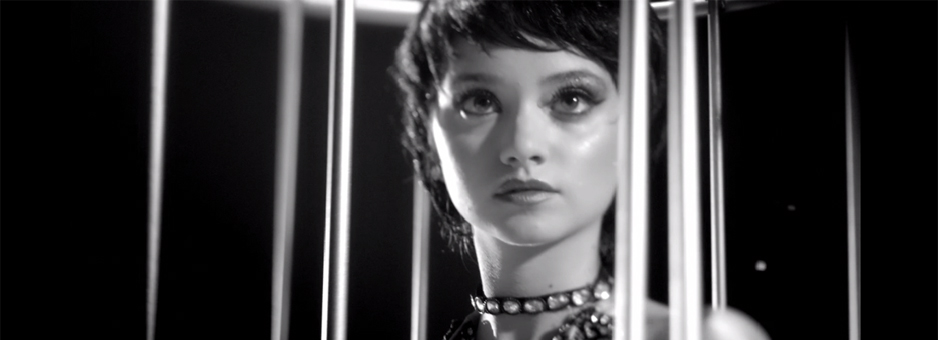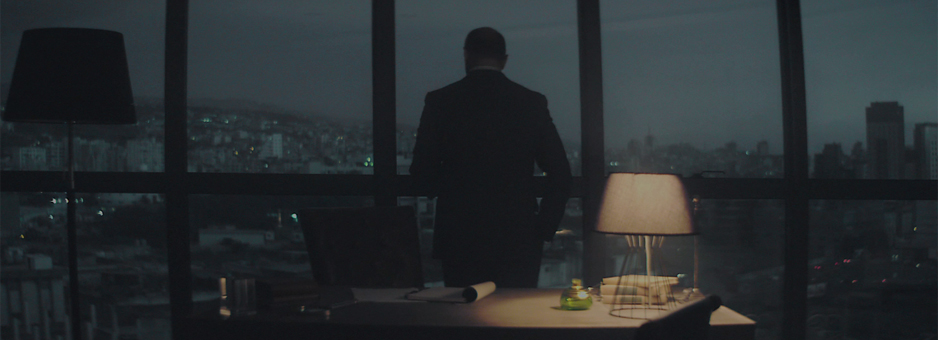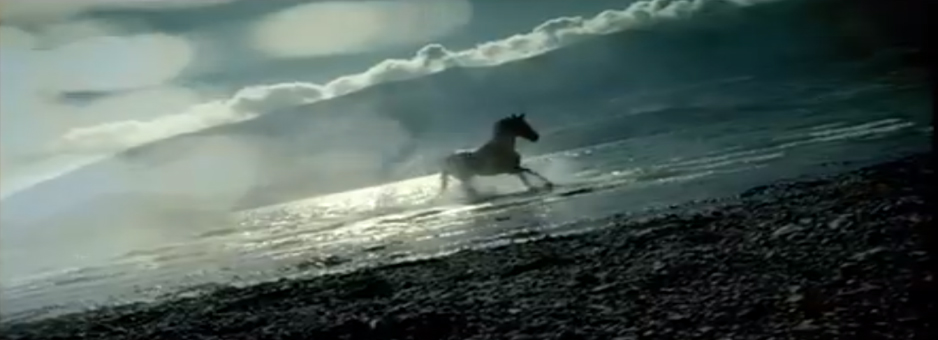Meet The Colourist
Dima Geagea
Colourist, pixelmob, Beirut
How did you start out in post and get into the job as a colourist?
I have always been fascinated by moving images. My parents still recall how I was mesmerized in front of a TV screen as a child. As I grew older, I found myself spontaneously choosing a major in filmmaking.
I always held a deep fascination with light and originally wanted to become a cinematographer. After my graduation, I enrolled in a training program as a telecine assistant as I thought it would provide me with a good technical grounding for working with film and prepare me for a career as Director of Photography (DoP). However, I loved manipulating the colours of an image, and have never looked back. I was contacted by VTR Beirut who had a vacancy for a resident colourist, working mainly on commercials and music videos. Thereafter I founded pixelmob with a group of post-production professionals.
What gives you a buzz about colour?
What I love most about colour is what it brings to people when I succeed to interpret their thoughts and feelings onto the screen. I feel that colours have a power of their own - the power to attract the eye, and the power to make a statement. I am enchanted by the way colour can convey a message or potentially transform a whole entity into its opposite.
What sort of jobs do you work on?
I mainly work on commercials and music videos, with the occasional documentary or short feature.
What makes for a good day at the desk?
A good day is when the client is happy. That makes me happy, and we are both satisfied with the image that we have created together. My biggest satisfaction comes from that spark I see in the eyes of my clients at the end of a grading session, when I know I was able to interpret their thoughts. To take a raw image and successfully give it the look they were after is pure pleasure. A good day at a desk is also a day when I receive well-exposed footage, knowing that it will make for a better job with outstanding images. Finally, a good day is when the process is technically flawless and this is where Baselight outshines any other solution.
What is the best project you have ever worked on? And why?
I admit that I am always more attracted to jobs that bring creative challenges and require extreme stylization. I approach every job as an opportunity to create a beautiful image. I’ve had the chance to work with brilliant local cinematographers and directors, and frankly I am unable to single out one job as my only favorite.
How much of a part does technology play in the way you work?
Besides its artistic side, the job of a colourist is a highly technical one. Having a strong grading system between my hands, means that I can confidently say: “Yes, we can do that”. Baselight is the perfect example of how much technology is an essential factor in making our lives as artists easier. The keying and tracking tools in Baselight somehow make everything possible.
The other aspect that technology offers is the speed of work. Deadlines have become a pressing factor nowadays, and we don’t have the luxury of loose schedules as before. This is also a great thing about Baselight: real-time workflow and ease of use.
Obviously, my work will not be complete without the support and the assistance of our IT manager who handles all the technical aspect of the job.
I really enjoy a mix of both. When I first start working on the images, I really enjoy pushing the look to the extreme, experimenting with various looks, then going back to a “technically correct” image from there. On another hand, some jobs require a specific look, where there is no room to be flexible and I find myself limited with the options.
What are the current challenges in getting the look you want?
The challenge in getting the required look is and has always been related to how well the original material is lit and how much it helps to achieve the requested reference. The other challenge is having multiple decision makers on which look to establish. Thankfully, with the current state of technology, the extent of colour manipulation that can be applied to an image is tremendous.
As with everything else, new trends emerge every once in a while. Some last a short time, while others a bit longer, but all fade eventually to make place for newer ones. Looks are usually influenced by the European taste; however, in my line of work, the look is not always dictated by the current trends. In advertising, I am often limited by the colour coding of the brand, or by the cultural understanding of a specific mood. The current look nowadays is to have a low contrast, almost washed out, rosy image.
TVCs that I colour correct for Saudi Arabia for instance, can never have this look. On the contrary, they should be brightly lit with pure whites and strong skin tones. My Egyptian and Lebanese clients, on the other hand, are more edgy and bold and every project is an opportunity for stylization.
Do you find the new generation of “raw” cameras give you more control?
The cameras that are capable of shooting in raw format provide a wider range of control when applying colour correction, especially when compared to traditional video cameras or those that record data with extremely compressed codecs. Working from the raw files ensures having all the details to achieve a good image. It reminds me, somehow, of the flexibility of film. However, I still find that all the versatility of 35mm film and the special texture with which it captured light is hard to achieve. Luckily enough, the way Baselight handles highlights and blacks resembles what I was able to achieve while working on film.
Contrary to VFX artists, I rarely find myself involved in pre-production. I get asked sometimes about the best way to shoot to achieve a special look or whether a specific format is compatible with Baselight. However, I do find that the cinematographers with whom I collaborate are more qualified to advise on the technical level.
Sadly no, not enough! The good old days are surely missed…
Once outside the darkened room, I like to have fun, get myself detached from work and spend good times with friends and family while outside in nature or indeed any open space.
“A good day is when the process is technically flawless, and this is where Baselight outshines any other solution."
Details
Colourist: Dima Geagea
Role: Colourist
Company: pixelmob, Beirut
w: www.pixelmob.com.lb




